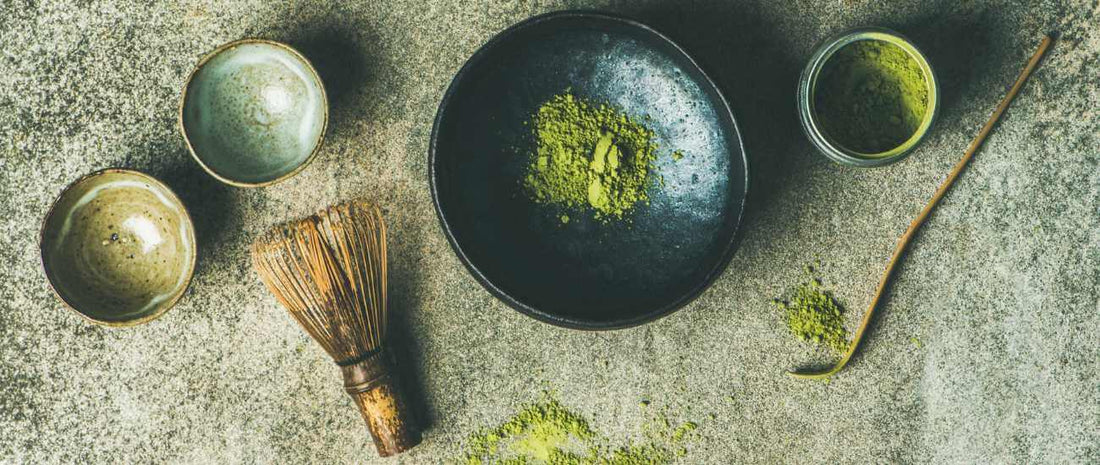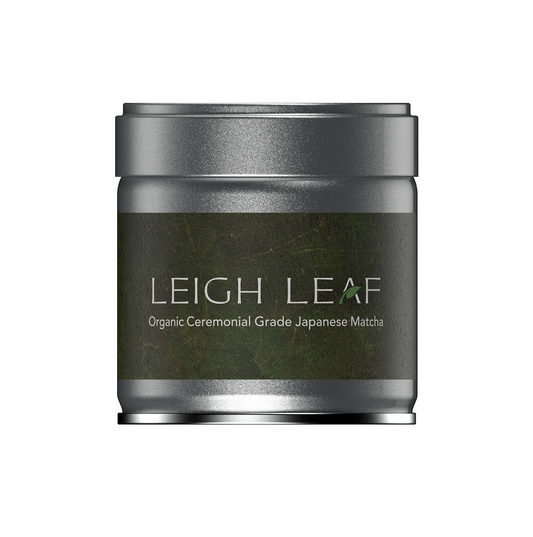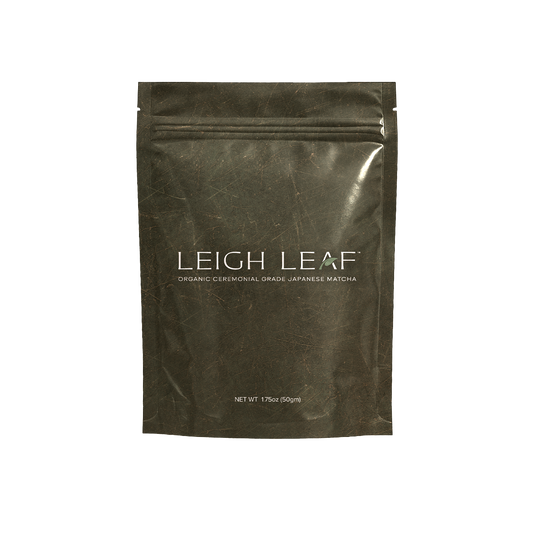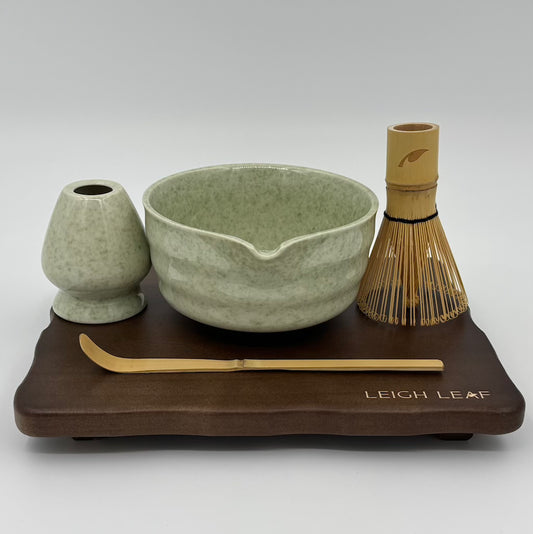
Matcha Brewing: Why Water Temperature Matters?
Share
In the serene world of tea ceremonies, where tradition meets tranquility, matcha stands as a vibrant symbol of Japanese culture. Matcha is more than just a tea; it is an experience known for its vibrant green hue and unique preparation. Central to this experience is the meticulous process of brewing, where every element plays a crucial role. Water temperature is one aspect that is often overlooked but has a significant impact on the outcome. In this exploration, we delve into the depths of why water temperature matters when brewing matcha and how it can elevate this ancient practice to new heights.
Understanding Matcha
Before unraveling the complexities of water temperature, it's imperative to grasp the essence of matcha itself. A powdered green tea made from shade-grown tea leaves, pure matcha powder originates from Japan. Unlike traditional tea leaves, which are discarded after steeping, matcha incorporates the entire leaf, enhancing both flavor and nutritional benefits. The preparation of matcha is steeped in tradition, with a focus on precision and aesthetics.
The Ritual of Brewing Matcha
The art of brewing matcha is a ritualistic practice deeply rooted in Japanese tea culture. It involves meticulous steps, such as sifting the powder, measuring it precisely, and whisking it into a frothy concoction. Amidst these rituals, the role of water temperature emerges as a critical factor that can influence the flavor, aroma, and texture of the final brew.
1. The Science of Water Temperature
Water temperature is not a mere technicality; it's a science that influences the molecular dynamics of tea extraction. The various compounds present in matcha, such as catechins, amino acids, and chlorophyll, are released at different rates depending on the water temperature. Matcha's full spectrum of flavors can only be unlocked by striking the right balance.
2. The Impact on Flavor
The delicate dance between water temperature and matcha leaves a lasting imprint on the flavor profile of the brewed tea. At lower temperatures, around 160-175°F (71-80°C), the sweetness of matcha is accentuated. The umami, a savory and rich taste synonymous with high-quality matcha, is also more pronounced at lower temperatures. However, exceeding the optimal temperature risks bitterness, as catechins, responsible for bitterness, become dominant.
Conversely, higher water temperatures, ranging from 175-185°F (80-85°C), can intensify bitterness while diminishing the sweetness and umami notes. Striking a delicate balance is crucial to achieving harmony in the flavor profile, a central tenet of the matcha experience.
3. Aroma and Complexity
Beyond flavor, water temperature significantly impacts the aromatic qualities of matcha. Lower temperatures tend to preserve the freshness and grassy notes, allowing the natural aroma of the tea to shine through. As the temperature rises, the aroma becomes more robust, with the potential for the emergence of toasted or roasted undertones. Balancing the temperature is akin to orchestrating a symphony of fragrances that complement the overall sensory experience.
The complexity of matcha lies not only in its taste but in the layers of sensory stimulation it provides. Understanding the interplay between water temperature and aroma is essential for those seeking to unravel the nuanced beauty of this revered tea. If you want to know more about matcha, visit Leigh Leaf.
4. Texture and Mouthfeel
Texture and mouthfeel are integral components of the matcha experience, contributing to the overall satisfaction of each sip. Water temperature plays a pivotal role in shaping the viscosity and smoothness of the brewed matcha. Cooler temperatures often yield a creamier and silkier texture, enhancing the luxurious feel on the palate. In contrast, higher temperatures may result in a thinner consistency, altering the tactile experience and potentially diminishing overall enjoyment.
5. Striking the Right Balance: Striking the Right Temperature
The ideal water temperature for brewing matcha is subjective and varies based on personal preferences and the specific characteristics of the matcha powder. However, a general guideline is to aim for a water temperature between 160-175°F (71-80°C) for traditional matcha. Temperatures between these ranges allow desirable compounds to be extracted while minimizing bitterness risks.
For those seeking a sweeter and more delicate flavor, leaning toward the lower end of the spectrum is recommended. Conversely, individuals who appreciate a bolder and more robust profile might experiment with slightly higher temperatures, always mindful not to exceed the threshold where bitterness becomes predominant.
Practical Tips for Brewing Matcha
Precision is Key: To accurately measure the temperature of water, invest in a reliable thermometer. Consistency in temperature is crucial for mastering the art of brewing matcha.
Experimentation is Encouraged: The world of matcha is diverse, with various grades and origins. Each type may respond uniquely to different water temperatures. You can find the perfect balance to suit your taste by experimenting.
Quality Matters: Opt for high-quality matcha, as the nuances of temperature are more pronounced with superior-grade powders. Quality matcha offers a more rewarding and nuanced brewing experience.
Patience is a Virtue: After boiling, allow the water to cool slightly before adding it to the matcha powder. This gradual approach minimizes the risk of scalding the delicate tea leaves.
Conclusion
In the enchanting realm of matcha, where tradition meets innovation, every element of the brewing process contributes to the final masterpiece. Water temperature, often overshadowed by other aspects of the ritual, emerges as a silent architect, shaping the flavor, aroma, and texture of this revered beverage. It is like deciphering a secret code to unlock matcha's full potential when you understand the delicate dance between temperature and matcha.
As tea enthusiasts embark on their journey of matcha appreciation, let them not overlook the significance of water temperature. The conductor orchestrates a symphony of flavors, and the alchemist transforms leaves into elixirs. Embracing the art of matcha brewing involves not only adhering to tradition but also embracing the science that transforms a simple cup of tea into a transcendent experience.
Related Article:




